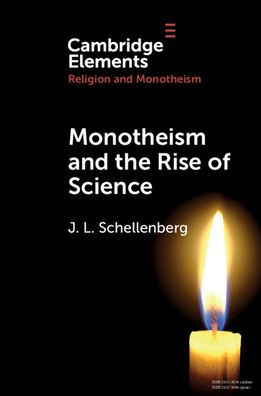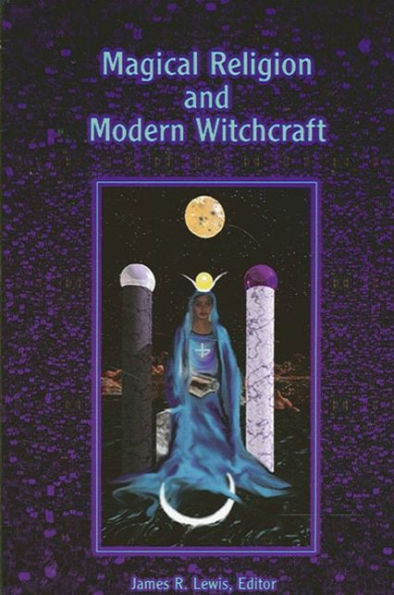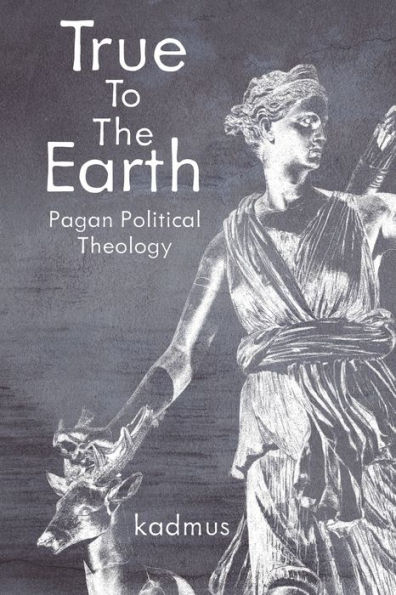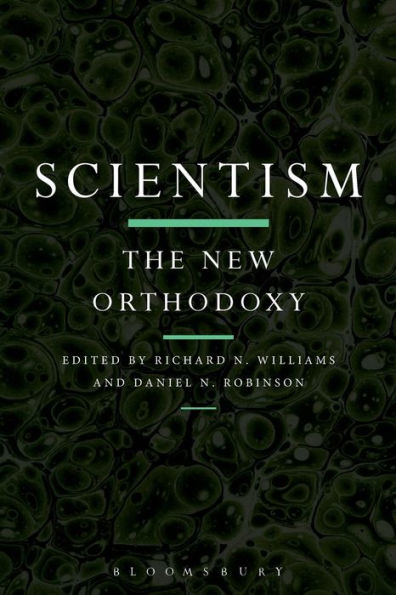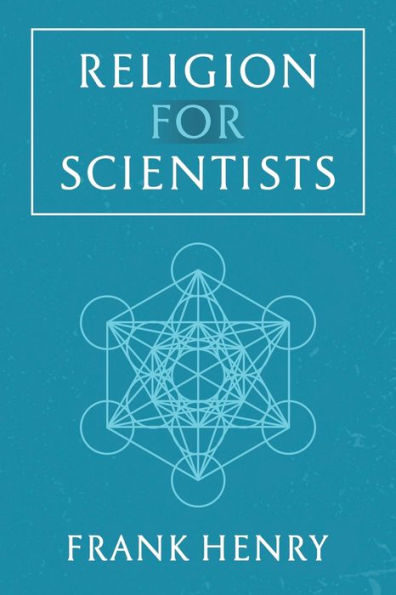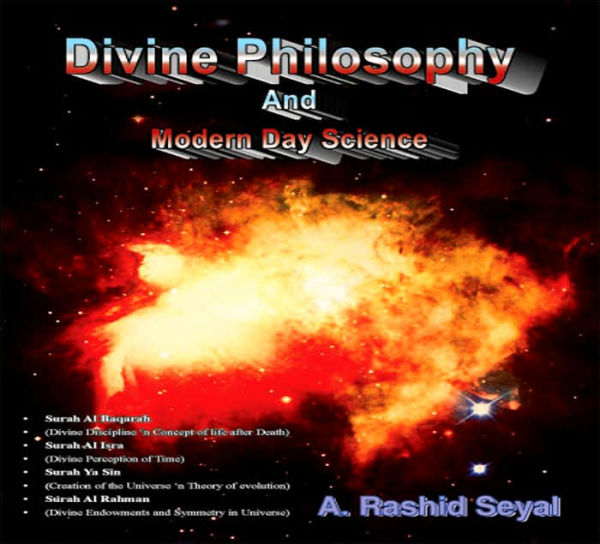Home
Creating a Pagan Theocracy: Modern Science


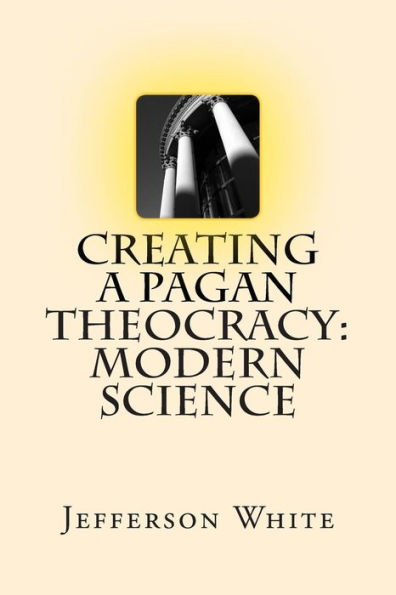
Creating a Pagan Theocracy: Modern Science
Current price: $5.49
Loading Inventory...
Size: OS
This essay is a brief overview of the history of modern science since 1800. It depicts the rise of modern science in the nineteenth century as a "full and final revelation of reality" which was intended as a replacement for the Christian revelation.
It then deals with the collapse of modern science as a unitary system of belief since 1962. In that year, Thomas Kuhn's "The Structure of Scientific Revolutions" appeared. The result, in the following decades, was a revolution in the philosophy of science.
By the beginning of the twenty-first century, few philosophers or historians of science any longer believed that modern science was a revelation of reality, but now believed only that the various sciences "modeled" reality. Nor did most philosophers and historians of science any longer believe in reductionism, which was the doctrine that all scientific theories could be "reduced" to the laws of physics.
The essay also briefly examines the relationship of religious belief to scientific theories. Based upon philosopher of science Roy A. Clouser's seminal work, "The Myth of Religious Neutrality" the religious character of all scientific theories is illustrated through a review of the various pagan religious beliefs that underlie today's sciences of mathematics, physics, psychology, and biology.
